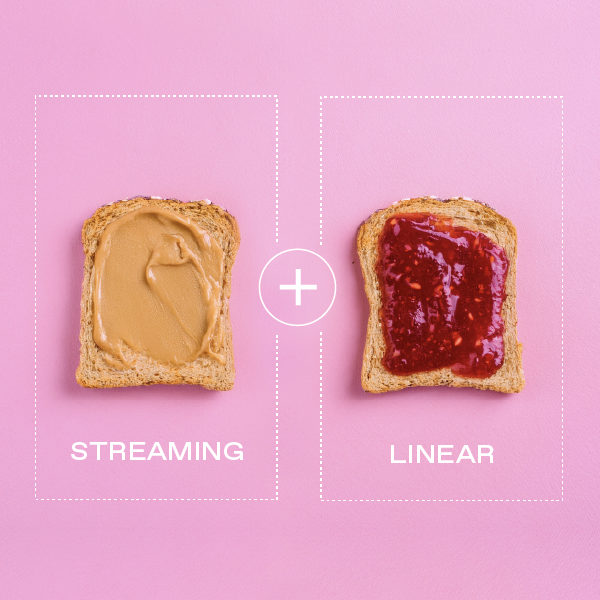
Optimizing advertising campaigns
In our earlier articles on marginal costs and incrementality, we talked about the importance of these concepts when comparing digital platforms to TV. We showed how marketers can evaluate their advertising campaigns at the margin and measure cannibalization to calculate the campaign’s true cost and perform an apples-to-apples comparison between digital and TV. Of course, after doing so, every marketer would rightfully ask the question—what’s next?
To answer this question, let’s revisit the graph from our article on marginal versus average costs, which shows how marginal costs between TV and digital platforms differ as more customers are acquired. In this particular scenario, let’s assume that the marketer has already measured cannibalization and evaluated the digital campaign at the margin so that we can make a fair comparison between TV and digital.
What happens if the marketer discovers that, at the current level of spend, the marginal cost of advertising on digital is higher than the marginal cost of advertising on TV (as shown in the graph)? Because the two marginal costs are not equal, that means the advertiser can do better by equating the marginal costs across these two platforms. The reason for this is that profit is maximized when the two marginal costs are equal, and also set to be equal to the marginal revenue.
The arbitrage model in the graph below explains why it is necessary to equate marginal costs in order to maximize profit. In our example with MC(Dig) > MC(TV), the marketer can boost profits and maintain sales by shifting some of their digital spend to TV. By reducing spend on Digital, resulting in one fewer sale, the marketer’s digital spend falls by MC(Dig). Meanwhile, by increasing spend on TV just enough for one extra sale, the TV spend increases by MC(TV).
Since MC(Dig) > MC(TV), the marketer’s costs fall by the difference MC(Dig) - MC(TV). At the same time, the marketer’s sales (and hence revenues) are unchanged, because the one lost sale from decreased digital spend is offset by the one gained sale from increased TV spend. This re-allocation decreases the marginal cost of advertising on digital and increases the marginal cost of advertising on TV. The marketer should continue to swap more expensive digital dollars for cheaper TV dollars until MC(Dig) = MC(TV), at which point the arbitrage no longer works.
This explains why the marketer should equate the marginal costs on digital and TV platforms, but why should they set them equal to the marginal revenue (MR)? Because the marginal profit (MP) is equal to the difference between marginal revenue and marginal cost (MP = MR - MC), the goal is to keep acquiring customers until no additional profit can be made (in other words, until MP = 0). This happens when MR = MC. Therefore, if the marginal revenue is greater (lesser) than the marginal cost, then it is advisable to reduce (increase) the spend until MR = MC.
Now that we have shown how marketers can optimize their advertising campaigns, it is time to put together all the pieces from this three-part series. Specifically, we’ve shown that:
(a) Marketers cannot perform an apples-to-apples comparison between TV and digital platforms until:
Digital platforms are evaluated at the margin, and until
Digital platforms are evaluated for incrementality by measuring cannibalization.
(b) Once this is done, if the marginal cost of advertising on digital is higher than that of advertising on TV, marketers can then optimize their campaigns by:
Incrementally shifting spend from digital to TV until marginal costs are equal across both platforms, and
Ensuring that MR = MC for both platforms to achieve optimal profit.

Mike Swinson
Chief Data Scientist. I'm an explorer: I seek out the facts by following wherever the data leads.
Related
What Marketers Should Know About Netflix Advertising (Before You Buy)
Netflix has officially entered the ad game—and with its unmatched viewership and new live sports deals, it's changing the rules. Discover what this means for your brand, and how to tap into premium audiences without wasting your media dollars.
Read more
Why Linear + Streaming Work Better Together
When one advertiser shifted from a dual-channel TV strategy to streaming-only, performance quickly declined. See what happened when they turned linear back on.
Read more
Conversations on the Croisette: Tatari Explores the Future of TV Media Buying at Cannes
Speaking at this year’s Cannes Lions, Tatari took the stage to show that performance TV can be both measurable and creative—all while leveraging AI to plan smarter and drive stronger results.
Read more


